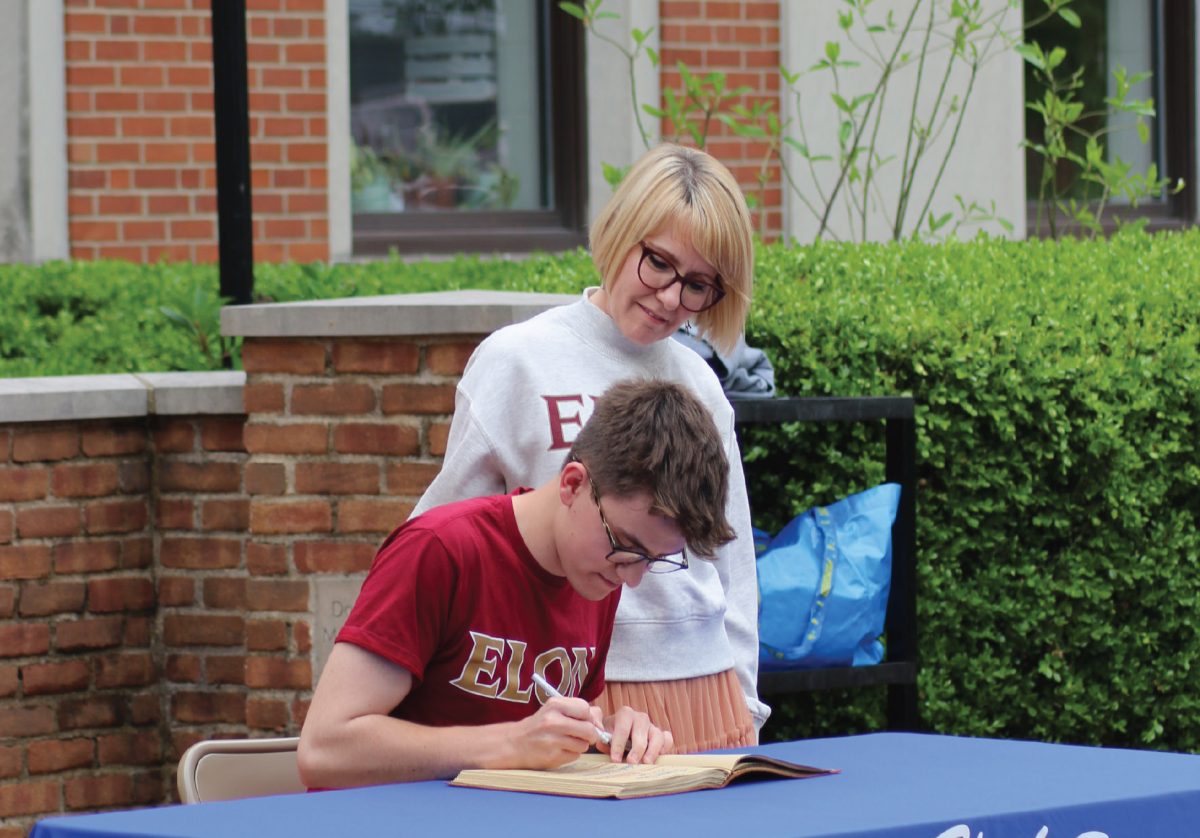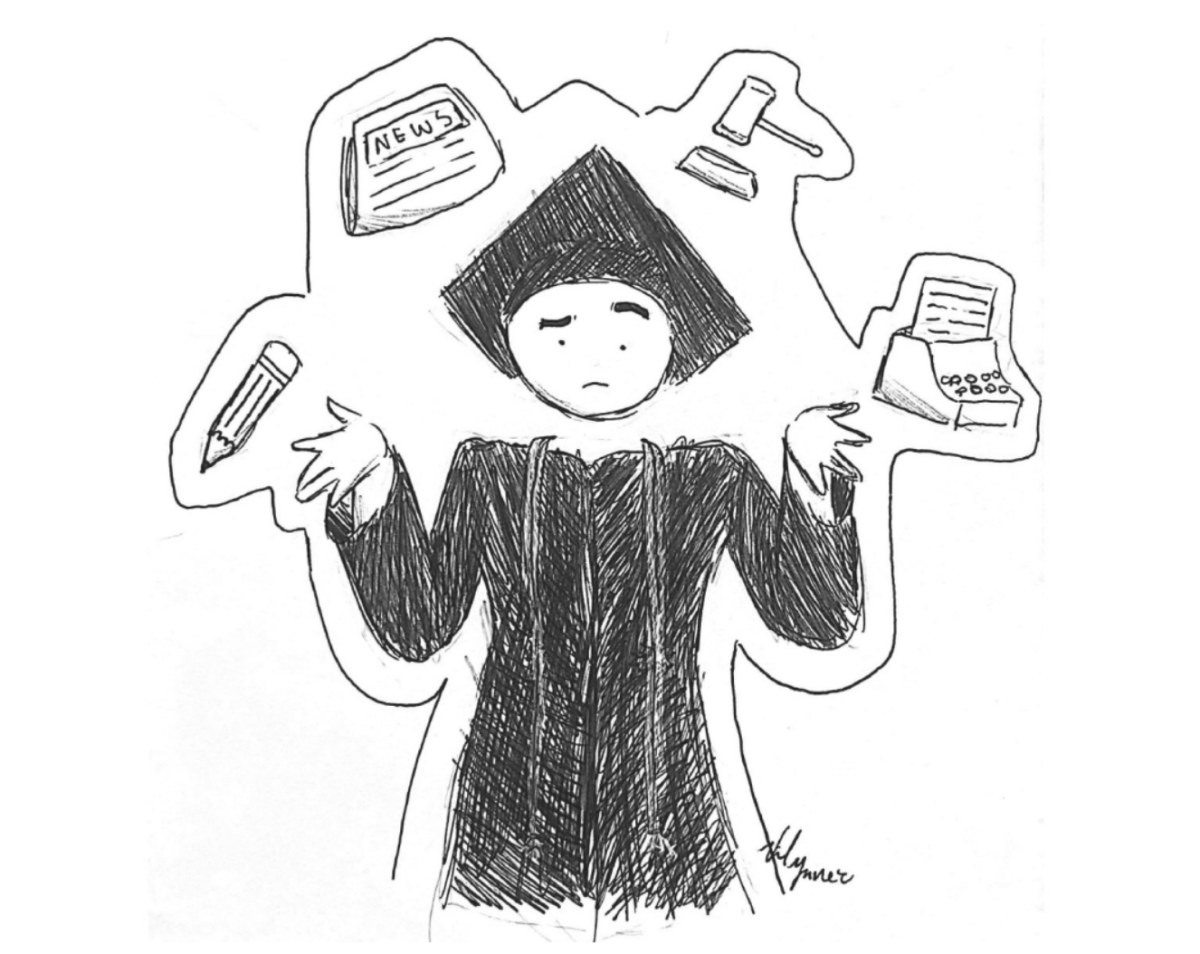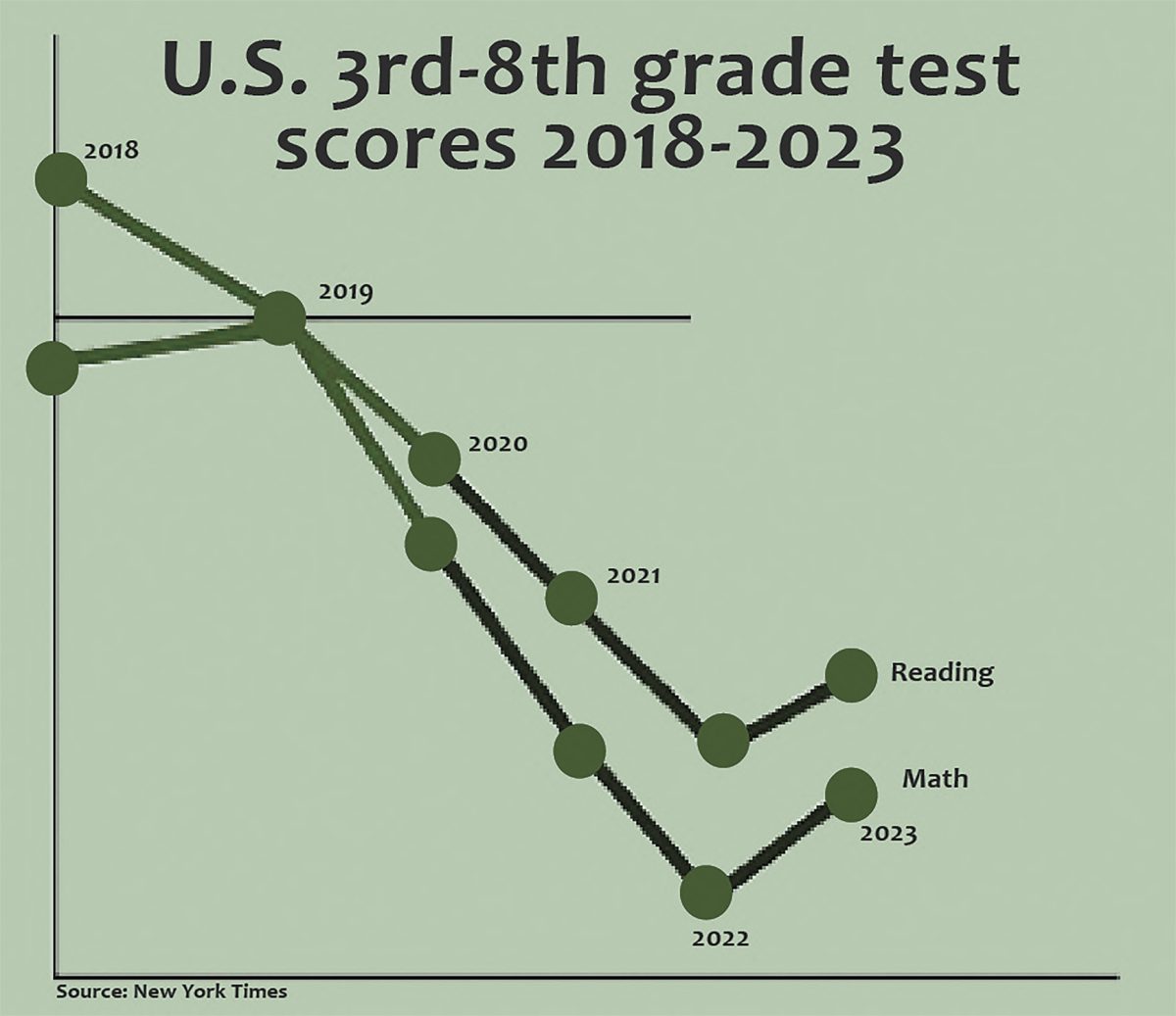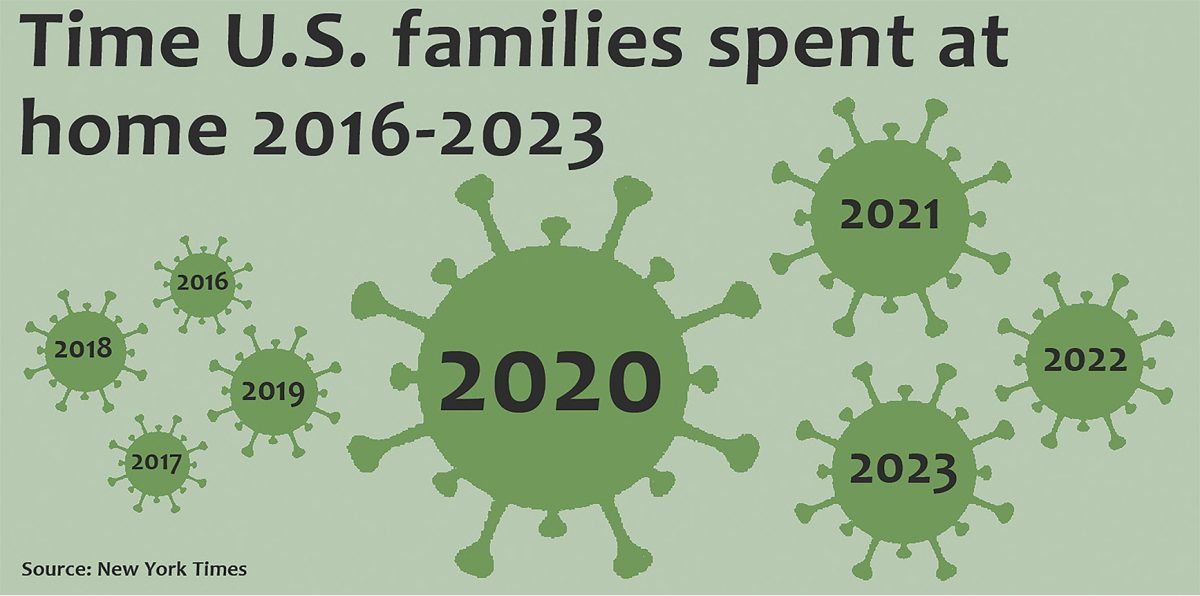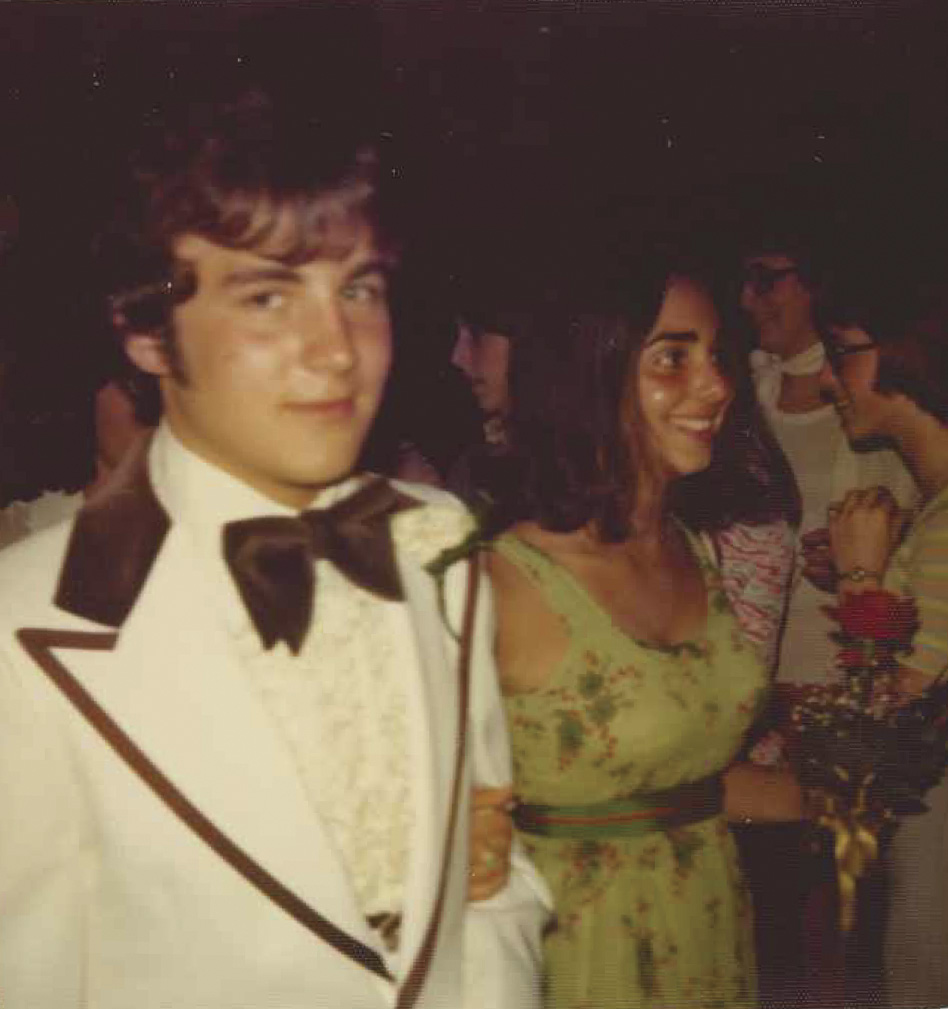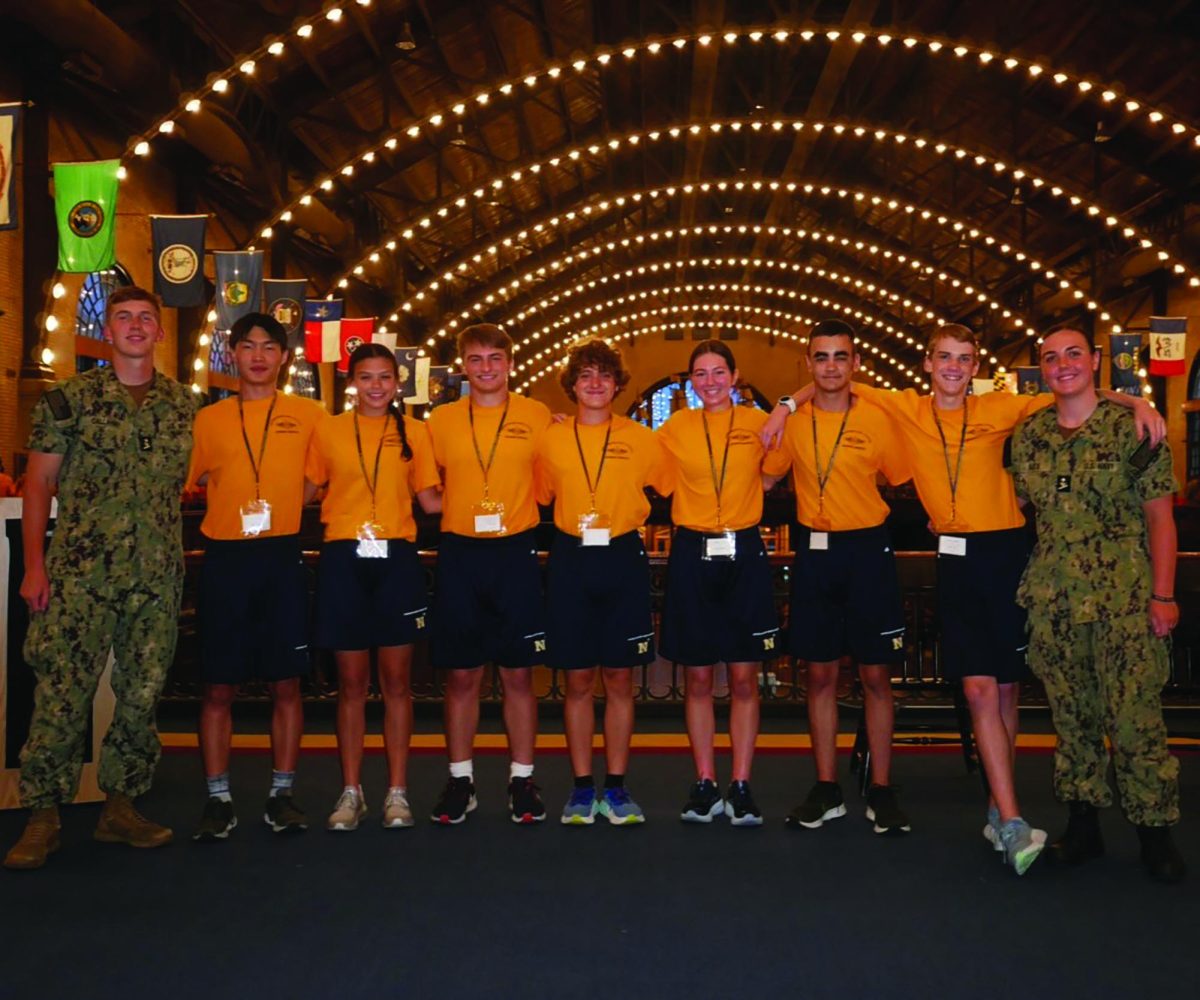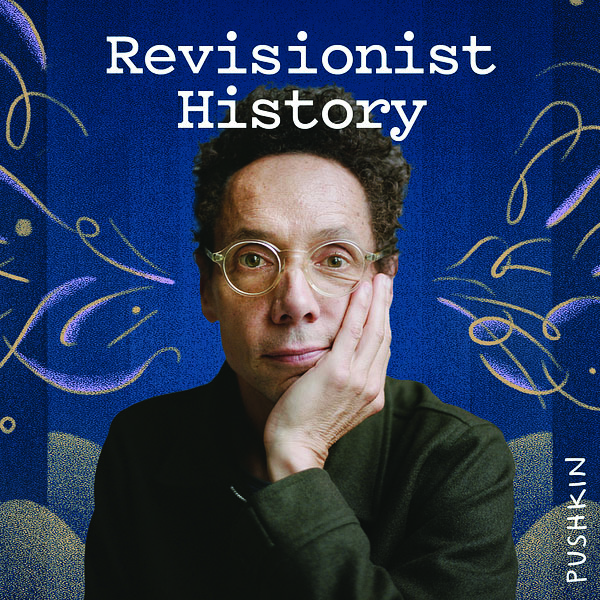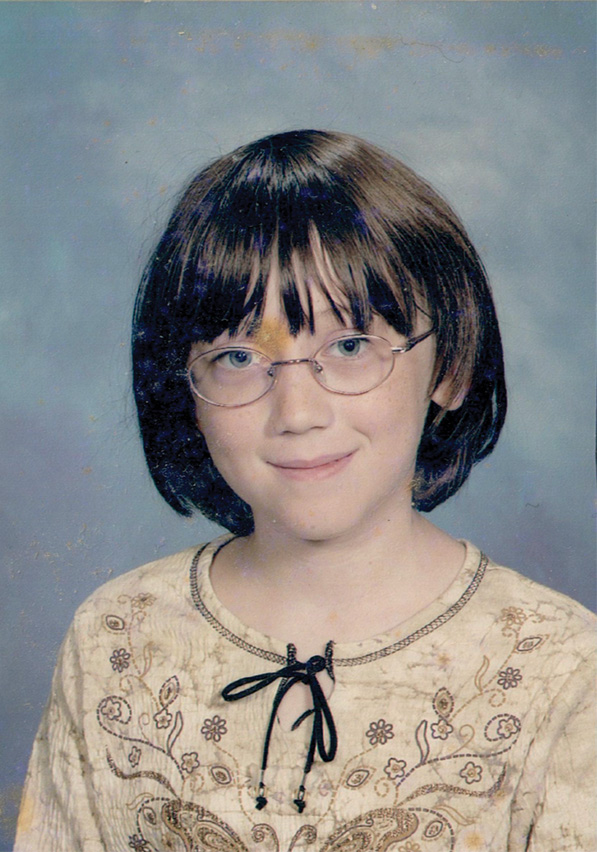Wayfinder, a research-based social-emotional learning program, has been introduced to the high school to target decision-making and critical thinking skill sets, starting with the class of 2026.
High school guidance counselor David Leland said that the decision to bring Wayfinder to the high school was made by the guidance counselors. After the COVID-19 epidemic halted in-school learning, the guidance counselors found that there were learning gaps in all of the current grades, Leland added.
“With this freshman class, the learning gap was with social-emotional learning,” he said. “The Wayfinder program is a great way to address those gaps with things like social awareness, collaboration and adaptability skills.”
The Wayfinder activities are short modules that are discussion-based and reflective, aiming to be more conversational in a classroom setting, Leland explained. After the classroom discussion, students fill out a survey about whether the activity was helpful or not and if it challenged them to learn more about themselves, he added.
Leland said that the first Wayfinder activity took place on September 8, 2022. He added that the goal is to continue to have the activities throughout the semester once a week during class time, alternating between social studies and English classes.
High school English teacher Jamie Hayes said that Wayfinder is a worthwhile program and that she doesn’t mind giving up class time for the activities.
“The activity was only about 15 minutes of class time, and it’s only every other week that we’re doing that,” she said. “Anything that will help the freshmen be successful and feel like they belong here is worth giving up class time for.”
Freshman Hazel Meeker said that Wayfinder was an important addition to help students with their transition to high school.
“In English class, the counselors wanted us to take a Wayfinder survey, and I found it to be helpful and meaningful because they really did care about how we felt,” Meeker said.
However, freshman Lily Howes said she had a different perspective on the Wayfinder program’s effectiveness in teaching social-emotional learning.
“I feel like it’s the same thing we do every year,” Howes explained. “I feel like we do a lot of social-emotional learning, and it doesn’t always stick.”
In the past, the school has conducted Panorama surveys as a constructive tool to use in collecting data surrounding the social-emotional needs of students, Leland explained. However, he added that the surveys took longer to complete, and the guidance counselors wanted a tool that had a more creative aspect for the high school students.
Leland explained that along with Wayfinder, the school has another program called MFactor to help new students transition into high school. He noted that between MFactor and the Panorama surveys, Wayfinder may seem like the same thing, but the guidance counselors hope students will find the program to be more of a collaborative experience.
Leland explained that MFactor is part of freshman orientation and focuses on transitioning students to the high school environment through making connections with other classmates, whereas Wayfinder provides certain social-emotional skill sets that can stay with a student through high school and into their futures.
“The Wayfinder program is more about the skill sets and the self-awareness, like developing empathy and coexisting with others whether you have similar interests or no interests at all,” he said. “It helps with being a part of a collaboration and has more of a big family experience as opposed to a bunch of individuals.”
High school guidance counselor Stephanie Krosnosky said that her hopes for what the new program will be able to accomplish are high.
“I believe that Wayfinder is important because whenever we can prioritize time to learn more about our students, what is important to them, and the lenses through which they view the world, we allow for a better working relationship and overall academic environment,” Krosnosky said.
